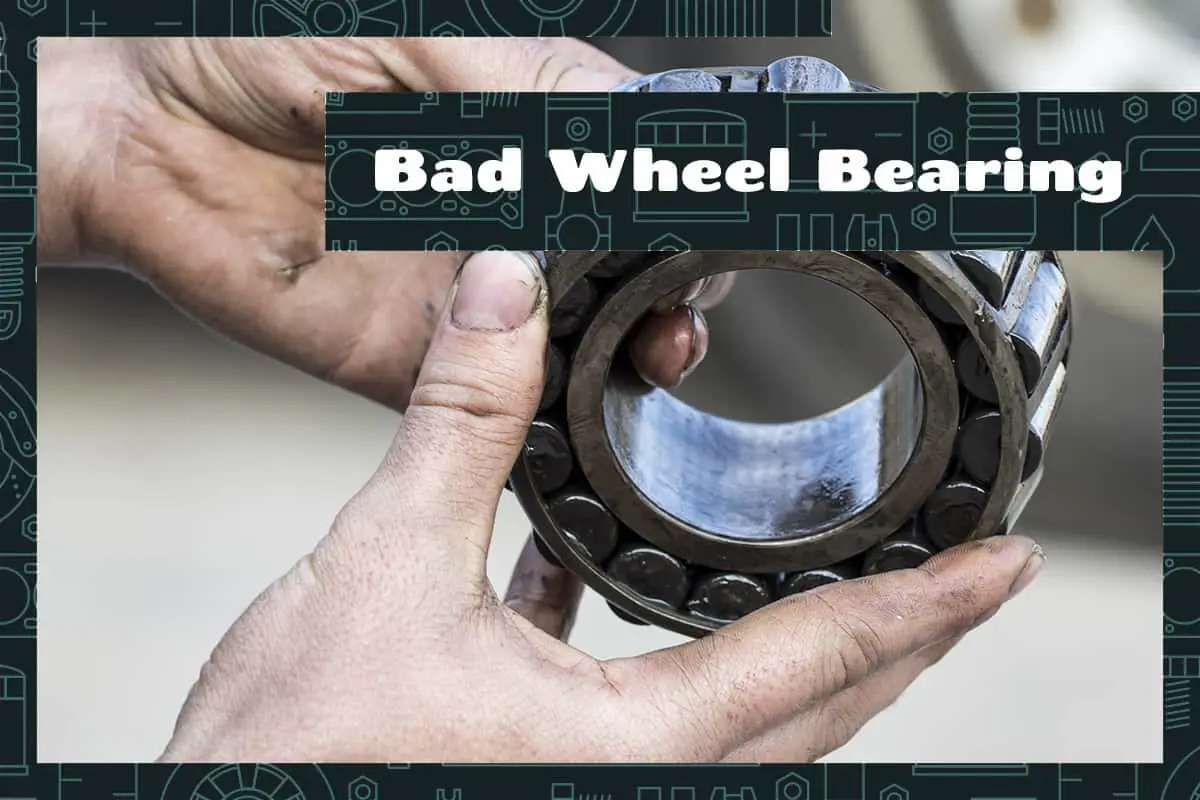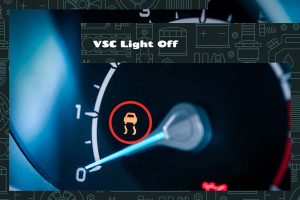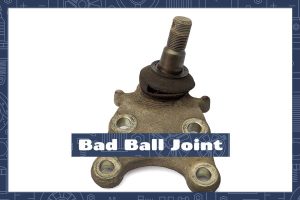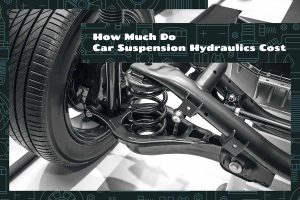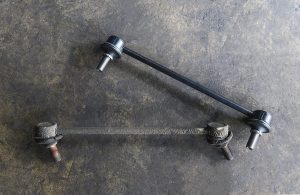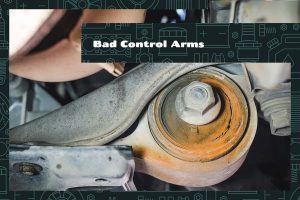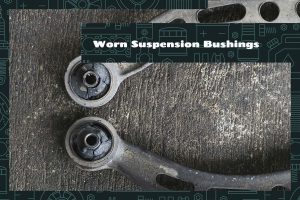Wheel bearings are small yet essential components that allow the wheels of a vehicle to spin smoothly with minimal friction. Embedded within the hub of each wheel, they endure significant stress and wear over time, given the constant weight and movement they support.
Common signs of bad wheel bearings include a grinding or roaring noise from the wheel area, uneven tire wear, and steering wheel vibration. Once these signs emerge, driving duration on compromised bearings varies (no more than 500 miles), but immediate attention is recommended to prevent further complications.
The Role of Wheel Bearings
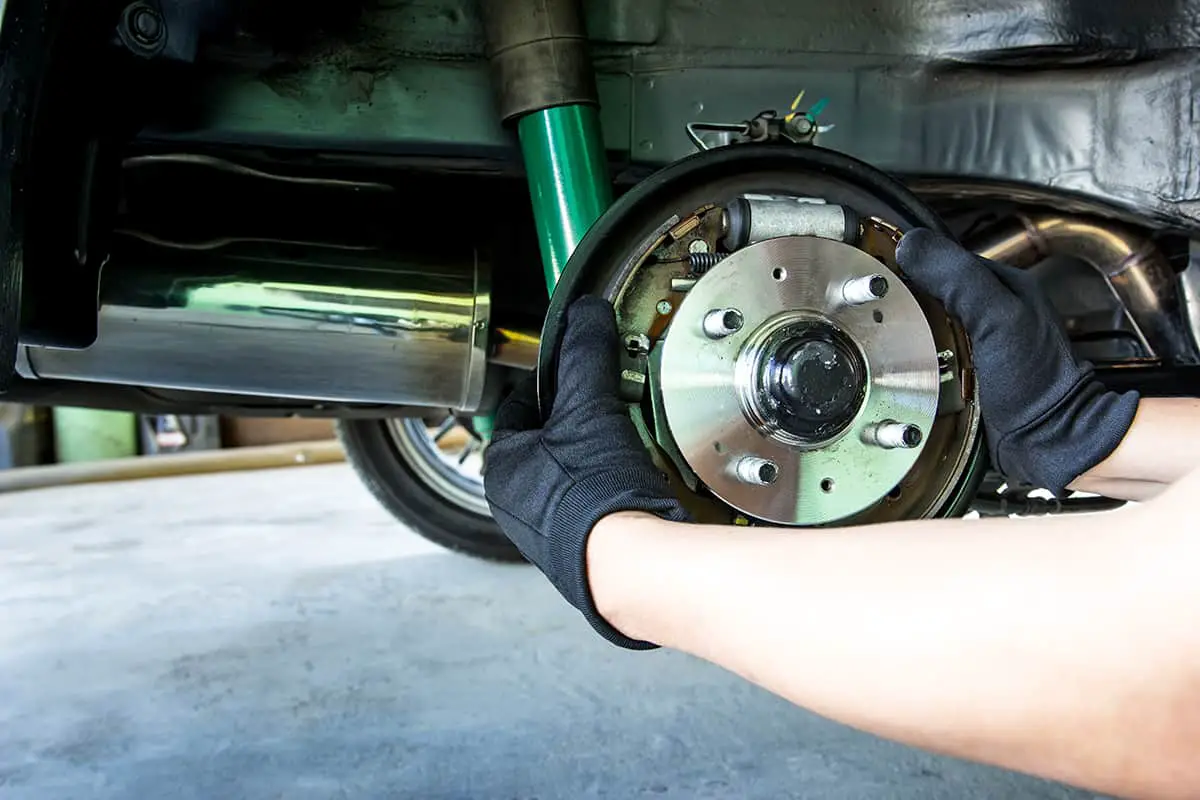
Wheel bearings serve as the bridge between the axle and the wheel that enable smooth and efficient wheel rotation. With their primary function to minimize friction, these components allow vehicles to move with ease and speed.
Wheel bearings are specially designed to carry both axial and radial loads. Made from high-grade steel, they combat heat and stress every time you drive. As you accelerate, turn, or brake, these bearings are at work, reducing friction between the rotating wheel and the stationary axle. When functioning optimally, they ensure a silent and smooth ride.
Identifying a Bad Wheel Bearing
Despite their durability, wheel bearings can wear down or become damaged, leading to distinct changes in your vehicle’s performance and sound.
Common Symptoms
There are specific signs that can indicate a malfunctioning wheel bearing.
- Grinding or Roaring Noise: One of the first symptoms drivers often notice is a loud grinding or roaring sound coming from the wheel area. This noise intensifies as you speed up and is a direct result of increased friction due to the deteriorating bearing.
- Uneven Tire Wear: Damaged bearings can cause your wheels to tilt slightly, resulting in uneven wear patterns on the tires. Regularly inspecting tire tread can offer early indications of bearing issues.
- Steering Wheel Vibration: As the condition of the bearing worsens, it can cause the steering wheel to vibrate, especially when making turns or when accelerating. This vibration can often be felt in the foot pedals too.
Causes of Bearing Failure
Different factors can lead to the premature wear or failure of wheel bearings.
- Normal Wear and Tear: Wheel bearings degrade over time. The continuous pressure from the weight of the vehicle and the heat generated from friction can take a toll on these components, especially after many miles of service.
- Accidents or Hard Impacts: Incidents like hitting a deep pothole, brushing against a curb, or being involved in a collision can damage the wheel bearing. Such impacts exert abnormal force on the bearing, leading to cracks or deformities.
- Poor Maintenance or Lack of Lubrication: Bearings need periodic lubrication to function effectively. Without it, they can overheat, causing the lubricant to break down faster. Over time, if not addressed, this lack of lubrication can lead to faster wear and potential failure.
Addressing the Problem
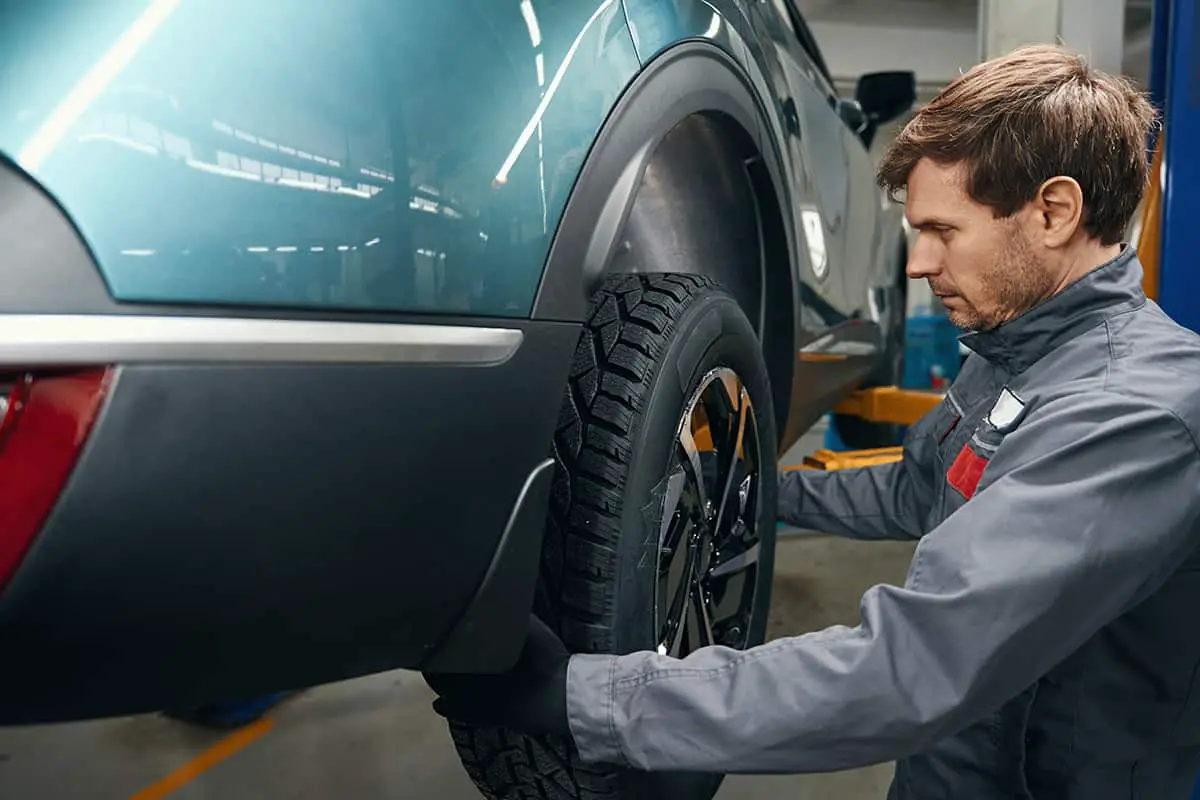
Identifying a bad wheel bearing is only half the battle; the next step involves taking the right corrective measures.
Unfortunately, there’s nothing you can do to fix bad wheel bearings. Luckily, replacing them is a DIY job, assuming you know what you’re doing. Don’t worry if you don’t—there’s no shame calling a pro!
Step 1: Gather Necessary Tools.
This includes:
- Jack and jack stands
- Socket set
- Bearing puller
- Wrench set
- Screwdrivers
- New wheel bearing
Step 2: Safety First
Park on a level surface. Wear protective gloves and eyewear.
Step 3: Loosen Lug Nuts
Before jacking up the car, slightly loosen the lug nuts of the wheel in question.
Step 4: Jack Up the Vehicle
Use the jack to lift the vehicle off the ground and secure it with jack stands.
Step 5: Remove the Wheel
Fully remove the lug nuts and take off the wheel.
Step 6: Extract the Brake Caliper
Using the appropriate socket or wrench, remove the bolts holding the brake caliper and safely hang it aside.
Step 7: Remove the Old Bearing
Extract the rotor, and you’ll see the hub assembly. Use a bearing puller or similar tool to remove the old wheel bearing.
Step 8: Install New Bearing
Place the new bearing into its correct position. Ensure it fits snugly and sits flush with the hub.
Step 9: Reassemble Components
Reattach the rotor and brake caliper. Put the wheel back on and hand-tighten the lug nuts.
Step 10: Lower Vehicle and Tighten
Remove the jack stands and lower the vehicle. Fully tighten the lug nuts in a crisscross pattern.
How Long Can You Drive on a Bad Wheel Bearing?

Driving on a bad wheel bearing is not recommended. You may get up to 500 miles of driving on bad wheel bearings, but the exact distance you can safely drive varies based on several factors:
- Severity of Damage: If the bearing is just beginning to wear out, you might have a bit more time compared to a bearing that’s severely degraded or damaged.
- Driving Conditions: Rough terrains, frequent stops, or high-speed drives can exacerbate the problem faster. Smooth, straight roads might allow a bit more leeway.
- Vehicle Type: Some vehicles, especially heavier ones, might put more strain on a damaged bearing, leading to quicker deterioration.
- Noise and Vibration: The louder the noise or the stronger the vibration, the worse the condition of the bearing. If these symptoms are intense, it’s a sign that the bearing is in a critical state.
While it’s challenging to put an exact mileage on how long one can drive with a bad bearing, it’s typically a matter of days to a few weeks at most, given average driving conditions. However, the risks involved in pushing those limits include potential damage to other car parts, increased repair costs, and safety hazards.
FAQs
1. How often should wheel bearings be replaced?
Wheel bearings don’t have a strict replacement schedule like oil changes or tire rotations. Instead, their lifespan varies based on driving conditions, the weight of the vehicle, and the quality of the bearings. On average, wheel bearings last between 85,000 to 100,000 miles. You should always watch for signs of wear, such as grinding noises or vibrations from the wheel area.
2. Are all wheel bearings the same?
No, wheel bearings differ in design and size, primarily based on the vehicle’s make, model, and purpose. There are mainly two types of wheel bearings:
- Ball Bearings: These are the most common type found in most passenger vehicles. They use ball-shaped components to carry the weight and allow the wheel to rotate. They’re known for their versatility and can handle both radial and thrust loads.
- Tapered Roller Bearings: Used primarily in larger vehicles like trucks and SUVs, these bearings can handle heavier loads. The rollers are tapered, making them more effective in carrying weight, especially during turns or when the vehicle is heavily loaded.
3. How can I prolong the lifespan of my wheel bearings?
Prolonging the life of your wheel bearings involves a mix of good driving habits and regular maintenance. Here are some tips:
- Regular Lubrication: Wheel bearings need adequate lubrication to reduce friction and prevent overheating. Depending on your vehicle, you might have sealed or unsealed bearings. Unsealed bearings require periodic greasing, while sealed ones are maintenance-free but might need replacement once the lubricant breaks down.
- Avoid Water Submersion: If you drive through deep water or flood conditions, water can seep into the bearings, washing away the lubricant and leading to rust. If you’ve driven through water, it’s a good idea to inspect and potentially repack the bearings with grease.
- Drive Carefully: Avoid hitting potholes, curbs, or other obstacles. Hard impacts can damage the bearings or disrupt their alignment.
